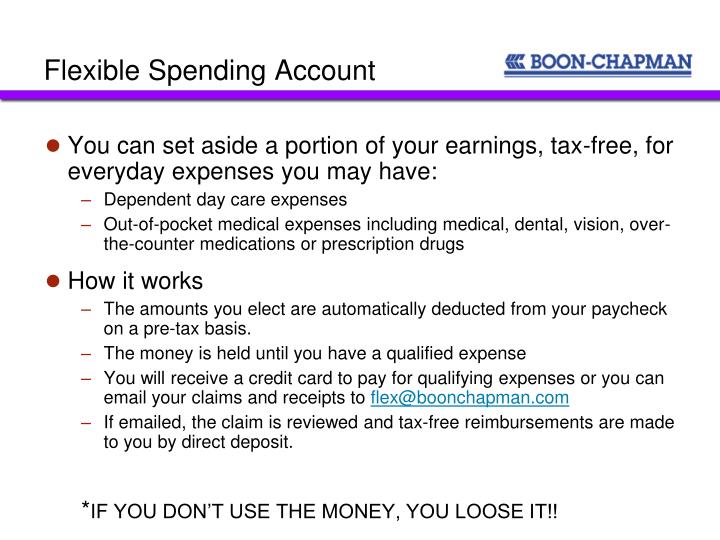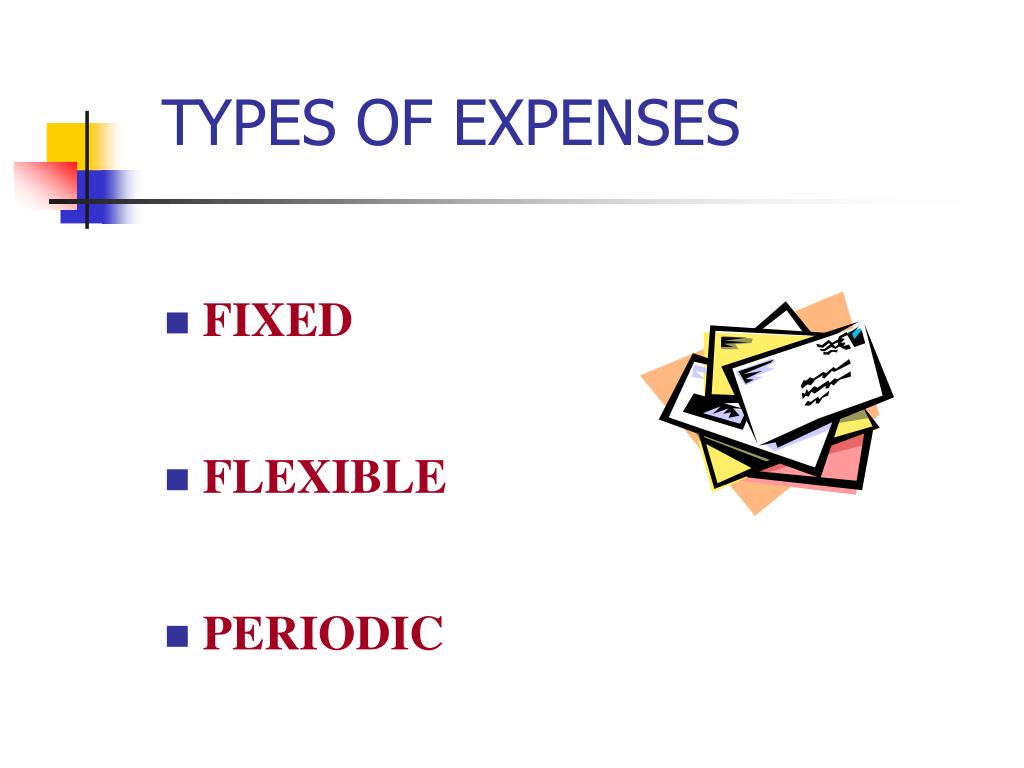
For example, were more units sold? Was the selling price different than expected? Were costs higher? Or was it all of the above? These are the kinds of questions management needs answers to. What is not known from looking at it is why the variances occurred. Some textbooks show budget reports with “F” for favorable and “U” for unfavorable after the variances to further highlight the type of variance being reported.Īctual net income is unfavorable compared to the budget. Favorable variances are usually positive amounts, and unfavorable variances are usually negative amounts.

By understanding the variances, management can decide whether any action is needed. The budget report is used by management to identify the sales or expenses whose amounts are not what were expected so management can find out why the variances occurred. So higher revenues cause a favorable variance, while higher costs and expenses cause an unfavorable variance.Īlthough the budget report shows variances, it does not explain the reasons for the variance. If actual net income is lower than planned (lower revenues than planned and/or higher costs than planned), the variance is unfavorable. If the actual results cause net income to be higher than budgeted net income (such as more revenues than budgeted or lower than budgeted costs), the variance is favorable. On an income statement budget report, think of how the variance affects net income, and you will know if it is a favorable or unfavorable variance. A variance may be favorable or unfavorable.

It has columns for the actual and budgeted amounts and the differences, or variances, between these amounts.



 0 kommentar(er)
0 kommentar(er)
